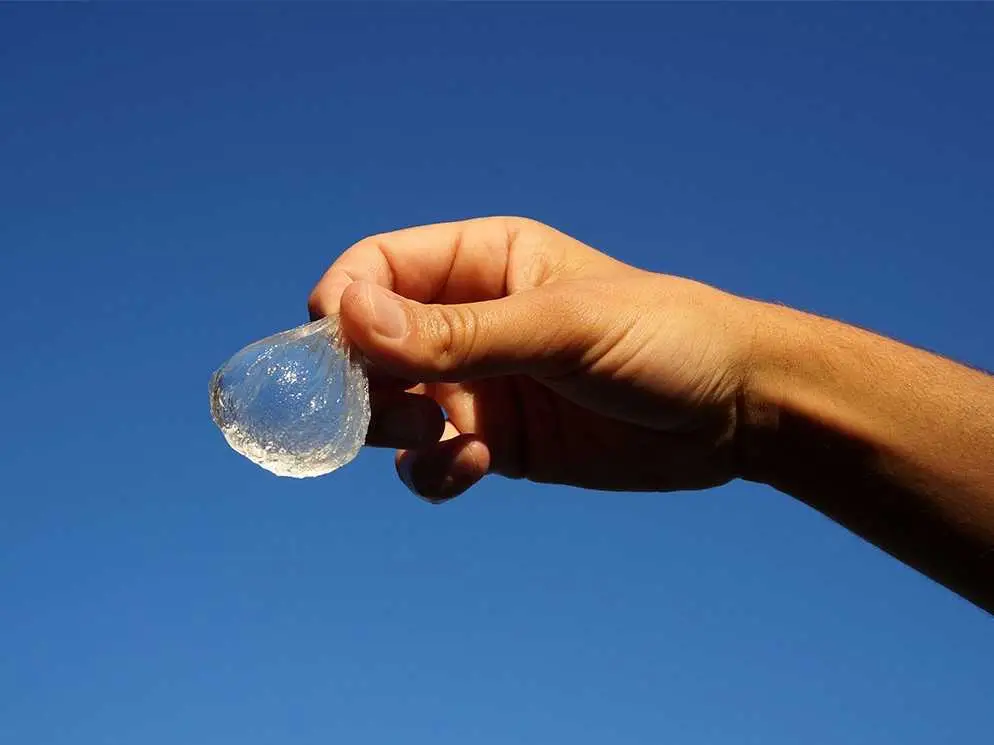The Harmful Chemical Effects of Plastic Packaging on the Environment
Science

0
Mankind’s inventions are often double-edged swords. Scientific advances and technological innovations make everyday activities faster, easier, or better. However, darkness often lies on the other side. Since the Industrial Revolution, many innovations aimed at increasing convenience have also disastrously destroyed the environment. However morose this may sound, this is also true of plastic packaging, something that is so widely and casually used that it is hardly recognized as a threat. Chemicals found in plastic packaging can be unimaginably harmful to the environment and the health of organisms - including humans - due to toxic metal additives, accumulative UV stabilizers, and production impurities.
Metal additives that are used in plastic production can be highly toxic to organisms. Metal, including mercury, cobalt, or tin, is used in plastic as an additive to increase the stability of the material, add properties, or enhance reaction during the production process. Since metals such as cadmium, lead, and mercury are toxic, they are regulated as toxic metals in some countries. However, they are still poorly or completely unregulated in numerous countries. In fact, research conducted across several years shows that toxic metals were continuously found in packaging (Toxics in Packaging ClearingHouse). These toxins can cause organ damage or disorder and increase cancer rates, when consumed or inhaled. In natural environments, they can easily be a huge threat to the life of countless organisms as well as contaminate food chains.
Another highly dangerous component of additives in plastic is its tendency to accumulate without disintegrating. UV stabilizers are used to prevent photo-degradation and increase the lifetime of plastic . Two of the commonly used stabilizers are PFAS (per- and polyfluoroalkyl substances), which show high persistence and bioaccumulation as well as toxicity. High persistence is an enticing trait in plastic because it creates durable consumer goods. Yet, this also means that when plastic accumulates in the digestive organs of fish and birds, it will stay inside their bodies for a long time without disintegrating, causing system disruptions and disorders.
The toxic and accumulative additives mentioned above are purposely included in plastic packaging to enhance its performance but production impurities can also lead to unexpected presences in plastic packaging. While it is impossible to control absolutely everything throughout the production process, there is one chemical that might catch the public’s attention. PAHs, or polycyclic aromatic hydrocarbons, are naturally occurring chemicals in coal, crude oil, and gasoline (“Polycyclic…”). Therefore, they can also be naturally found in plastic materials, which are made from crude oil. They, too, have unsafe properties, being carcinogenic, toxic, or biotoxic. The dangers of such impurities must not be ignored, but rather considered as an additional factor of the environmental dangers of plastic packaging.
The public is blind to so many of the things included in the plastic packaging that they use every day. Ingredients such as heavy metals and stabilizers, as well as uncontrolled impurities, contribute to the biotoxicity and strong tendency to accumulate in the materials. If not taken care of, these chemicals will leave irreparable scars on the health of the environment and ecosystems.
2023/02/05

Share
Jian Lee
Science

Robinson Review Favorites
Songi Chai, Yubin Cho, Seohyun Jang..
Trending on Robinson Review
Contact Us





